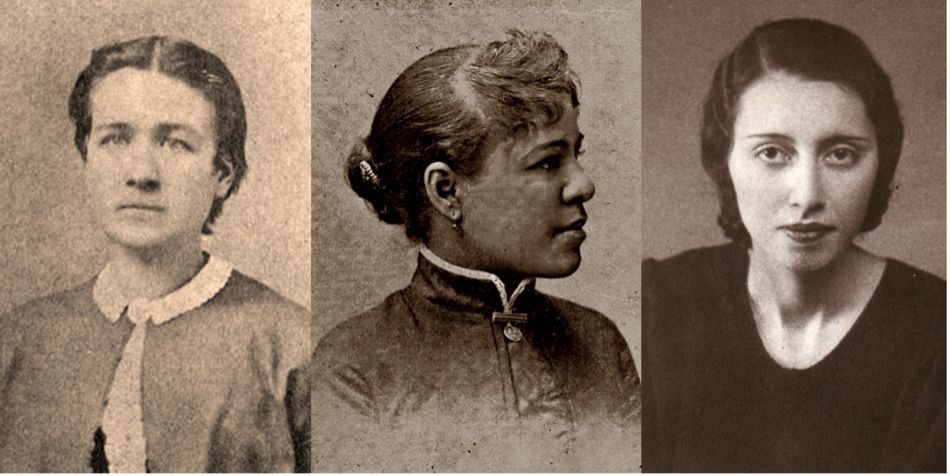What is this about?
- Women now make up nearly half of all dental students worldwide.
- Historically, women were excluded from the dental profession due to deep-rooted gender biases.
- Over time, reforms in legislation, education, and social norms have enabled women to emerge as leaders in dentistry globally.

Early struggles: The battle against gender bias
The path for women in dentistry has been marked by persistent resistance. Well into the 20th century, women were a rarity in dental professions around the world. For instance, in the United States, women comprised only 3% of dentists until the 1970s. Similar disparities were evident elsewhere, where dentistry was widely seen as too demanding for women, both physically and intellectually.
Even when admitted to the field, women were often funneled into subordinate roles—treating children, supporting male colleagues, or working as hygienists rather than recognized practitioners. Societal norms across many regions reinforced these roles, stifling professional growth for women.
Nevertheless, across continents, women began to break barriers. In 18th-century France, Madame Reze and Madame Ana emerged as pioneering female dentists, with Reze notably developing her own dental balm and publishing treatment guides. In Latin America, trailblazers like Margarita Chorney Salazar and Monica Correa not only practiced clinically but also contributed to professional education and organization. Chorney’s multilingual qualifications in Spanish and French reflected a high level of academic rigor rare for her time.
Seeds of change: From exclusion to entry
Progress took root in the 19th century as women began entering dental schools in small numbers. Lucy Hobbs Taylor, the first woman to earn a Doctor of Dental Surgery (DDS) degree in 1866, was among the earliest examples, inspiring many others to follow. Around the same time, in Asia, Dr. Mary H. Fulton helped found the first medical college for women in China—an effort that recognized cultural preferences for female healthcare providers and expanded access to education.
Across the globe, the growing demand for healthcare professionals prompted incremental inclusion of women in dentistry. Social changes and movements for gender equality laid the groundwork for greater educational access and professional legitimacy.
The 20th century: A turning point
The 20th century marked a dramatic shift in opportunities for women in dentistry. In Mexico, the founding of the first dental school in 1904 allowed women to pursue formal training. Graduates such as Clara Rosas and Margarita Chorney Salazar became influential not only in clinical settings but also in academic circles.
By the 1940s and 1950s, women were entering specialties like orthodontics and oral pathology in greater numbers. Figures like Ernestina Martinez Espinosa and Alicia Lao de la Vega advanced both clinical standards and academic excellence, serving as role models across Latin America and beyond.
Globally, similar trends emerged, albeit unevenly. In many European, African, and Asian countries, women faced entrenched gender norms, yet those who gained access to education often became pioneers in curriculum development and healthcare policy.
Social support and policy changes
Several key developments helped accelerate women’s inclusion in dentistry:
- Legislative reform: Many countries passed laws in the mid-to-late 20th century aimed at increasing female participation in the workforce and higher education. This was often driven by broader women's rights movements.
- Educational policies: Nations like India implemented constitutional amendments and national education policies prioritizing women's professional training, especially in healthcare.
- Reproductive autonomy: Greater access to birth control empowered women to plan their careers more effectively, allowing for long-term professional commitments.
Women in dental academia and leadership
By the late 20th century, women had begun assuming leadership roles across the dental world. Ana Tizcareno became the first female president of the Mexican Dental Association in 1988—a milestone that signaled changing tides. In various countries, all-women professional networks and academic forums provided mentorship, continuing education, and peer support.
The gender composition of dental school enrollments also began to shift. In several regions by the 1970s and 1980s, women represented a growing percentage of dental students, and despite temporary career breaks for motherhood, their participation in the field remained strong.
The modern era: women shaping the future of dentistry
Today, women are present across every dental specialty, from periodontics to oral surgery. Their influence extends beyond clinical practice to academia, administration, and policy. Dental faculties increasingly include women deans, department heads, and research leaders.
In 2016, women made up 70% of dental school graduates in ten European countries, including Iceland, Ireland, Poland, and Romania. In France and the UK, women represented just over half of graduates, while similar trends were observed in countries across Asia, Latin America, and Africa. While the rate of women practicing dentistry still trails their representation in dental schools in many places, the trajectory points toward balance.
Conclusion
The evolution of women's role in dentistry reflects broader societal changes around gender, equity, and access to education. From early pioneers like Lucy Hobbs Taylor, Clara Rosas, and Alicia Lao de la Vega to modern leaders in dental institutions, women have continually pushed boundaries and expanded what’s possible in the profession.
Their stories serve as powerful reminders of how perseverance, policy support, and access to education can transform not just individual careers, but entire fields. Today, global dental organizations increasingly recognize the value of gender equity—not just in numbers, but in leadership, innovation, and impact.
Key takeaways
- Historic exclusion: Women faced institutional and cultural barriers to entering dentistry well into the 20th century.
- Pioneers and progress: Women across continents challenged norms and contributed to dentistry’s evolution through clinical excellence and educational leadership.
- Ongoing transformation: With nearly half of dental students worldwide now women, the profession is undergoing a meaningful and sustained gender shift.